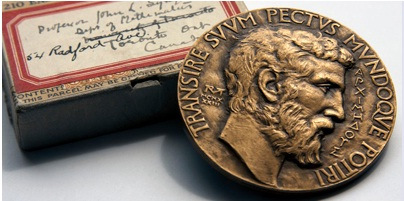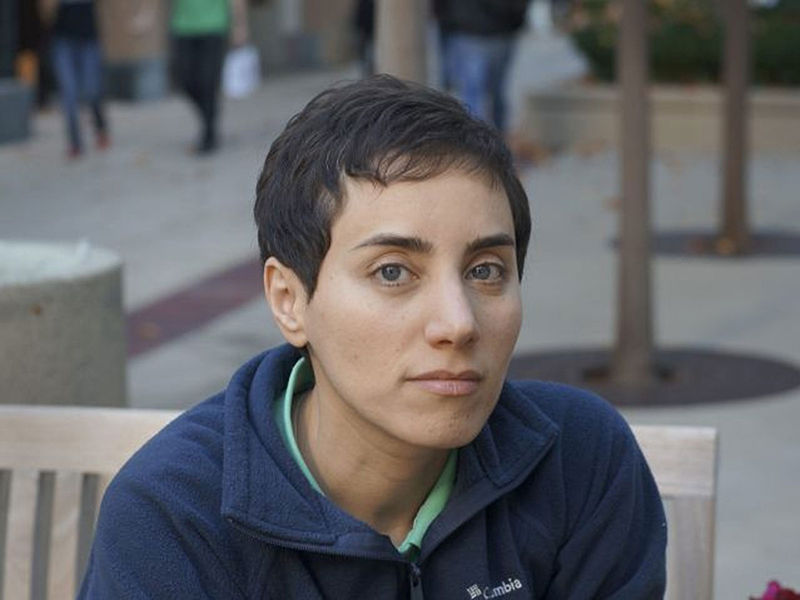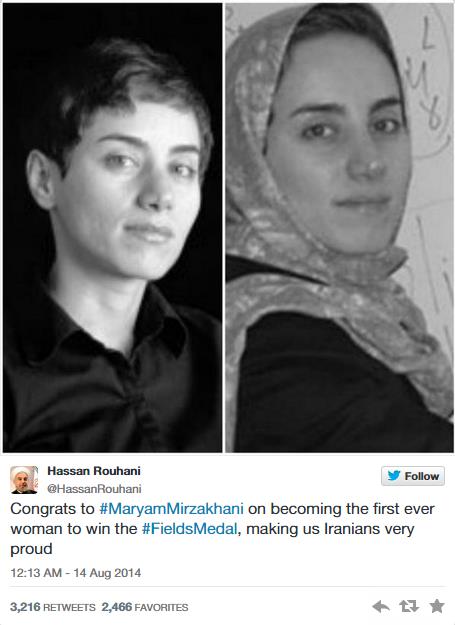For The First Time In History, A Woman Has Won Mathematics' Highest Prize In The World
Maryam Mirzakhani is the first woman to ever win the Fields Medal – known as the "Nobel Prize of mathematics" – in recognition of her contributions to the understanding of the symmetry of curved surfaces.
The Fields Medal, awarded every four years to between two and four scholars under the age of 40, is math's highest prize in the world
It was first given out in 1936 — and this year, Stanford professor Maryam Mirzakhani, who is of Iranian descent and completed her PhD at Harvard in 2004, has become the first woman to win the prize
Per this profile in Quanta Magazine, Mirzakhani was raised and received her undergraduate degree in Iran before attending graduate school at Harvard, where she finished her doctoral thesis in 2004.
slate.comShe's won the Fields for her work with the "dynamics and geometry of Riemann surfaces and their moduli spaces"
Maryam Mirzakhani, of Stanford University, accepted the award at this year’s conference in Seoul, South Korea. Mirzakhani, according to the International Mathematical Union, was recognized for “her outstanding contributions to the dynamics and geometry of Riemann surfaces and their moduli spaces.”
“This is a great honor. I will be happy if it encourages young female scientists and mathematicians,” Mirzakhani said in a statement. “I am sure there will be many more women winning this kind of award in coming years.”
The 37-year-old had originally dreamed of becoming a writer. Her enjoyment of solving proofs and mathematical equations altered this trajectory.
As a teen she won gold medals at the International Math Olympiads in 1994 and 1995. “It is fun – it’s like solving a puzzle or connecting the dots in a detective case,” she told Stanford News. “I felt that this was something I could do, and I wanted to pursue this path.”
Mirzakhani's current research, Stanford explains, "further investigates the symmetry of surface geometry, particularly within theories regarding Teichmüller dynamics"
“Oftentimes, research into these areas does have unexpected applications, but that isn’t what motivates mathematicians like Maryam to pursue it,” said Ralph Cohen, a professor of mathematics and senior associate dean in Stanford’s School of Humanities and Sciences. “Rather, the motivation is to understand, as deeply as possible, these basic mathematical structures. Maryam’s work really is an outstanding example of curiosity-driven research.”
stanford.eduIn this video she speaks briefly about her life and her work, saying she initially got excited about mathematics "just as a challenge" before coming to appreciate its value for its own sake only later
She says that growing up in wartime Iran was difficult, but recounts that "right after the war I had a lot of opportunities" and benefitted from fortuitous timing in that she "was a teenager when things became more stable."
 vox.com
vox.com
Meanwhile, in what may prove to be an important moment, the Iranian president has tweeted a photo of Maryam with her head uncovered
The black and white photo shows two pictures side by side of Mirzakhani, who is Iranian but now lives in America. In one she is not wearing a head scarf and in the next she is veiled. In Iran it is compulsory for women to wear headscarves with fines and even jail for women who disobey. The dress code has been implemented strictly since the 1979 revolution.


